In science fiction films, astronauts often use jetpacks to move around in space. This is not a complete fiction. Such devices really existed and were used by NASA several times during real space flights. The first time it happened 40 years ago.
NASA space motorcycles
The vehicle created by NASA for travelling in outer space was called the MMU (Manned Maneuvering Unit). It weighed 158 kg and was equipped with 24 micro-motors. It was fuelled by two six-kilogram compressed nitrogen cylinders, which provided a Δv of 25 m/s.
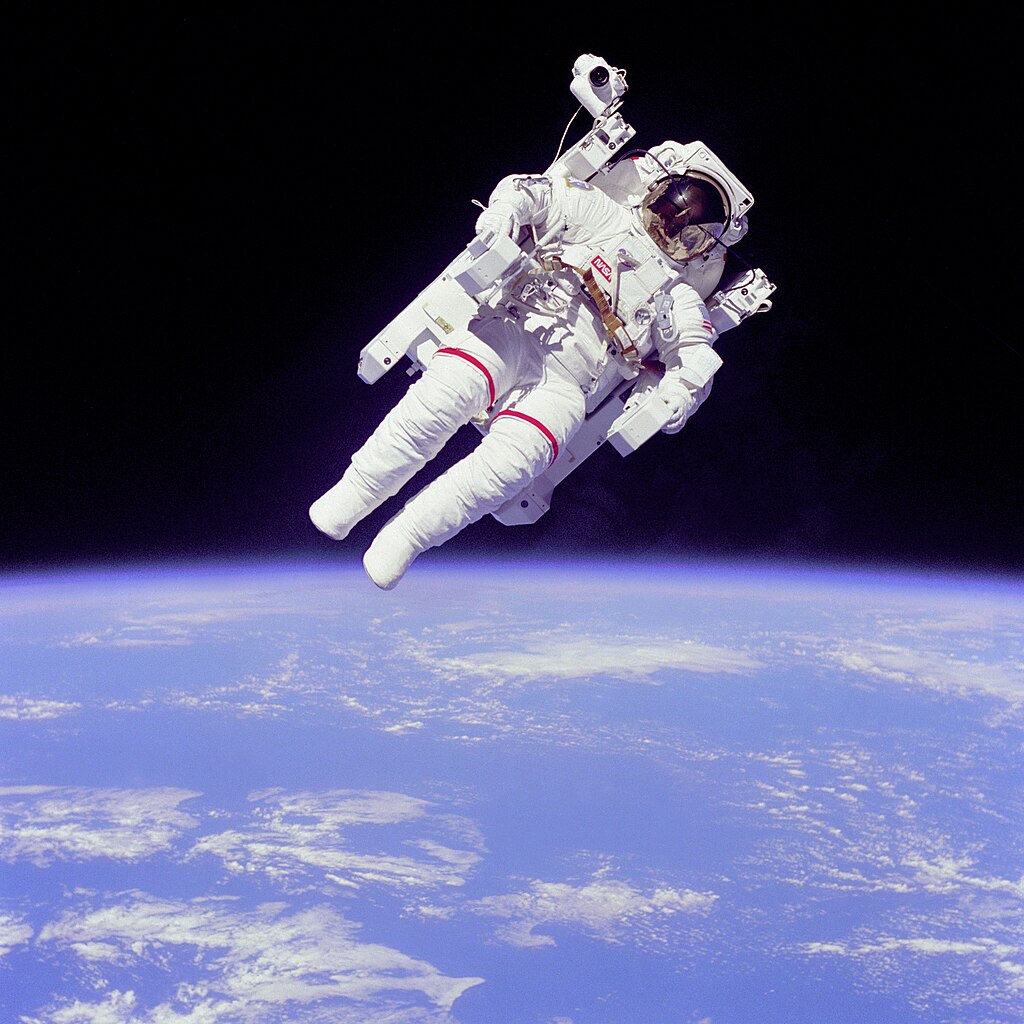
Astronaut Bruce McCandless was the first to test the MMU in space. It happened during the STS-41-B mission. On 7 February 1984, McCandless entered the cargo bay of the Challenger shuttle, unfastened the safety cable, and then moved away from the ship to a distance of 98 meters. Thus, he became the first astronaut in history to go into space without a safety cable. Astronaut Robert Stewart also took part in the MMU tests.
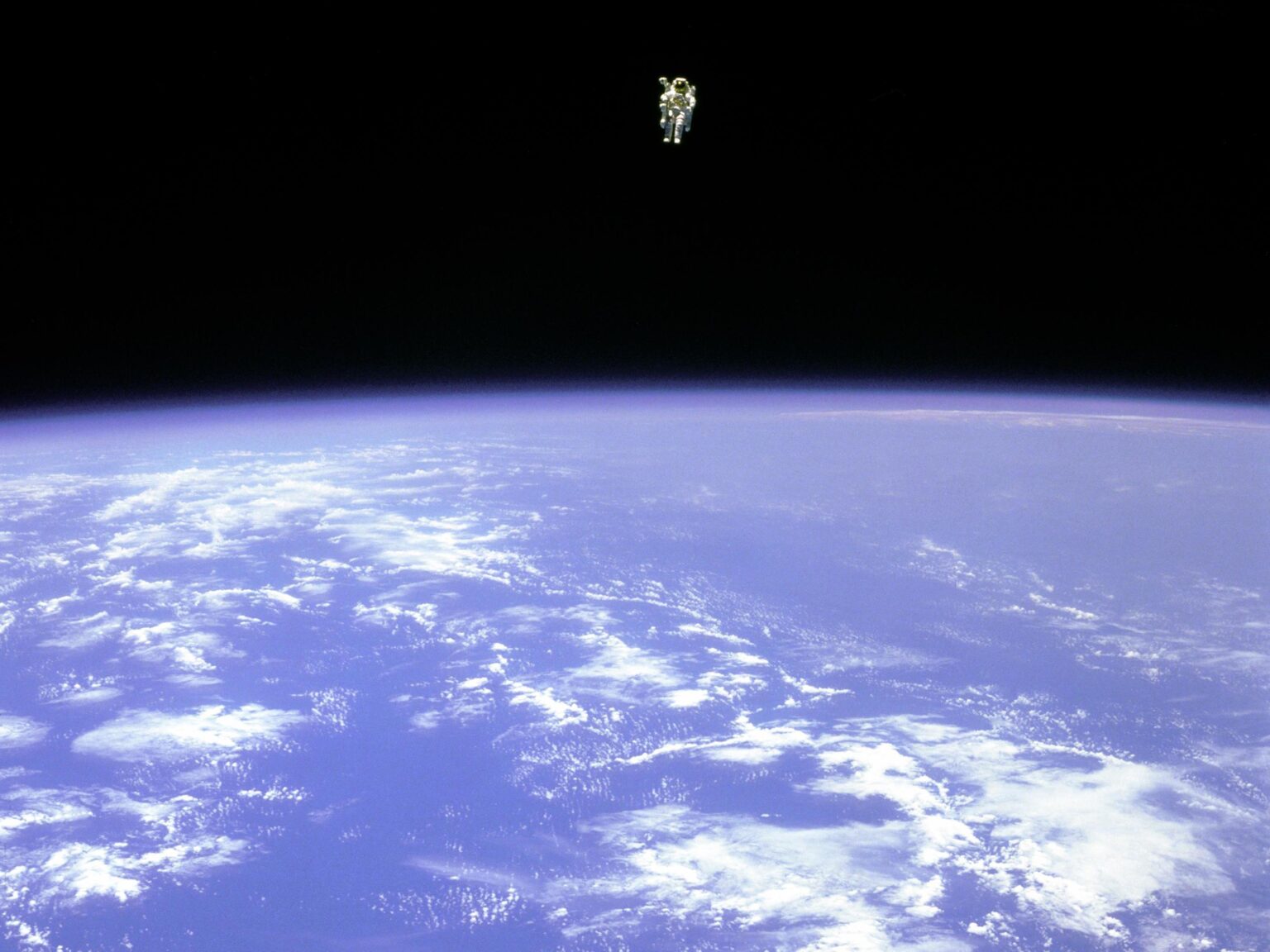
The MMU was used for the second time during the STS-41-C mission in April 1984. Its purpose was to repair the SMM satellite. The astronaut with the MMU was supposed to fly up to the satellite, “pick it up” and zero its rotation. However, this plan failed — SMM’s rotation accelerated. Eventually, it was stopped only after a command from the Earth, after which the device was captured by the Challenger shuttle’s manipulator and repaired in orbit.
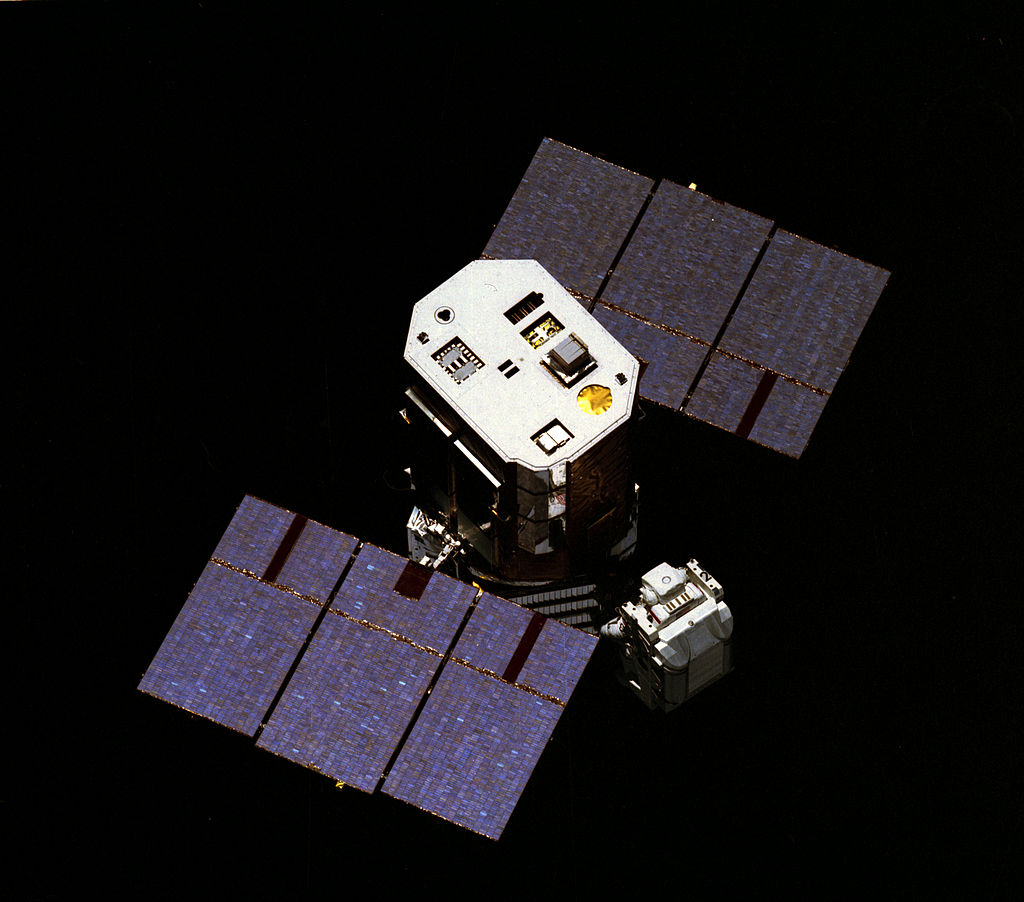
The last time the MMU was used was in November 1984 during the STS-51-A mission. The purpose of the mission was to return to Earth the Palapa B2 and Westar 6 satellites, which failed to reach the desired orbit.
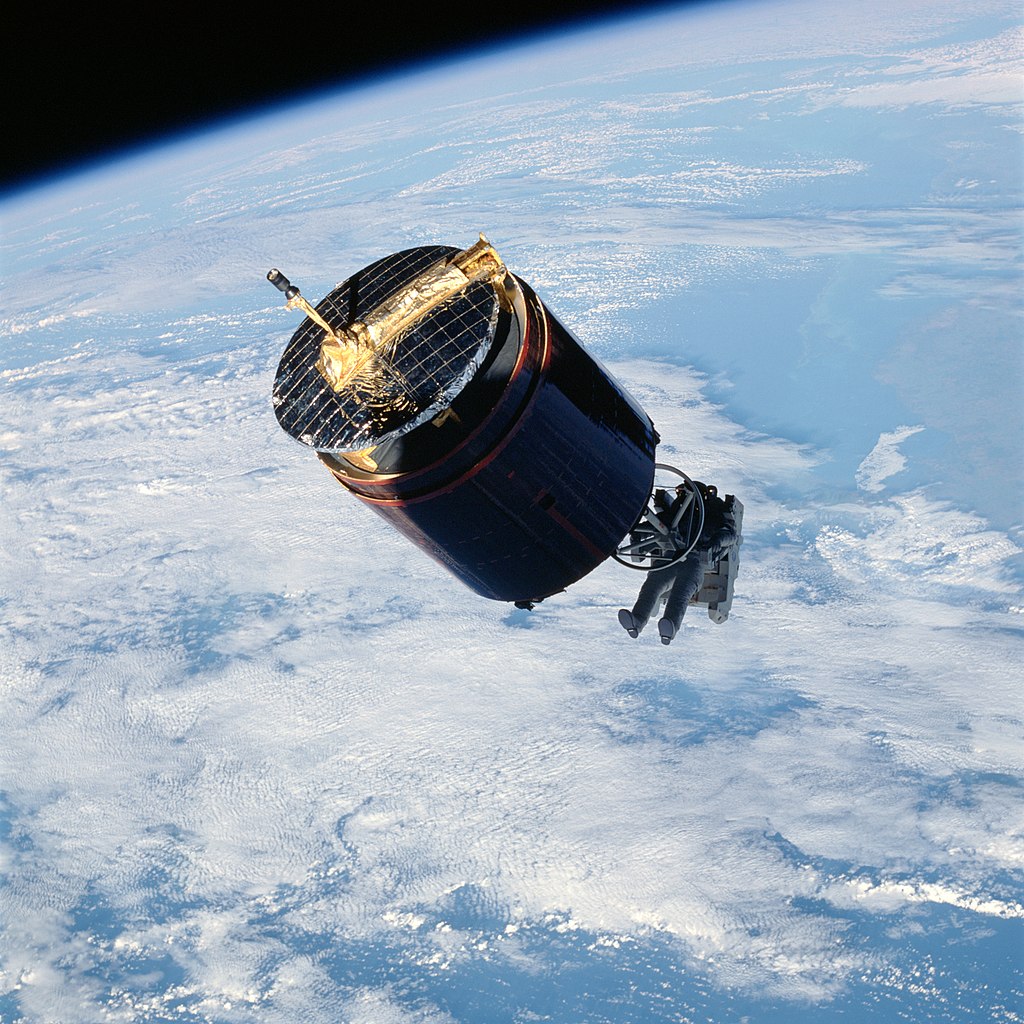
This time, everything went without any complications. Astronauts on “space motorcycles” flew up to the satellites and then pulled them up to the Discovery shuttle. The devices were returned to Earth, which was the first such case in history. Later, they were launched into space again.
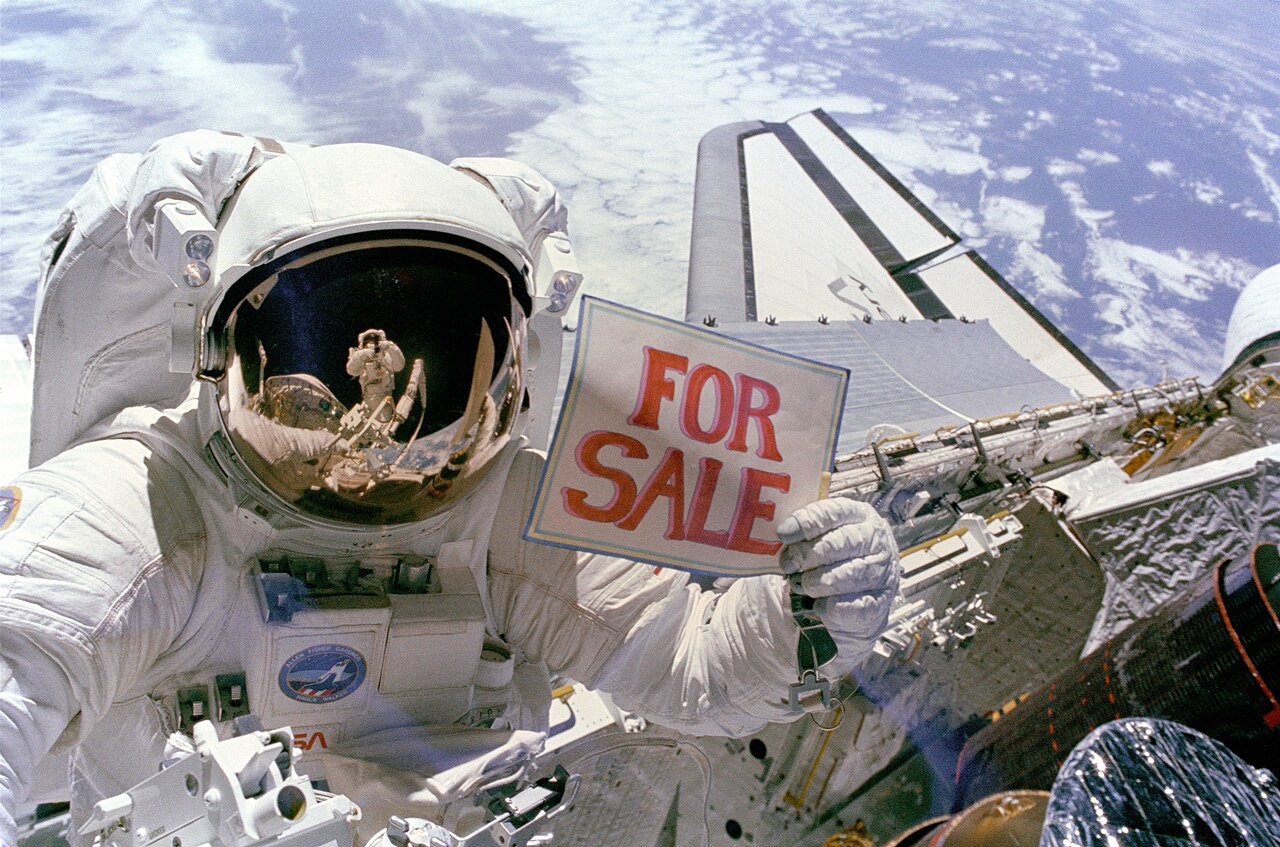
After the Challenger shuttle disaster, NASA revised safety standards and refused to use MMUs anymore, recognising them as too risky. As a result, both “space motorcycles” used by astronauts were sent to a museum.
Modern astronaut safety system
Although the MMU units were used for a short time, they still left a legacy in the form of the SAFER system that replaced them. The system is attached to the spacesuit and is designed to allow the astronaut to return to the spacecraft or station if the safety cable is disconnected. SAFER weighs 38 kg (of which 1.2 kg is nitrogen fuel) and can provide a Δv of 3 m/s.
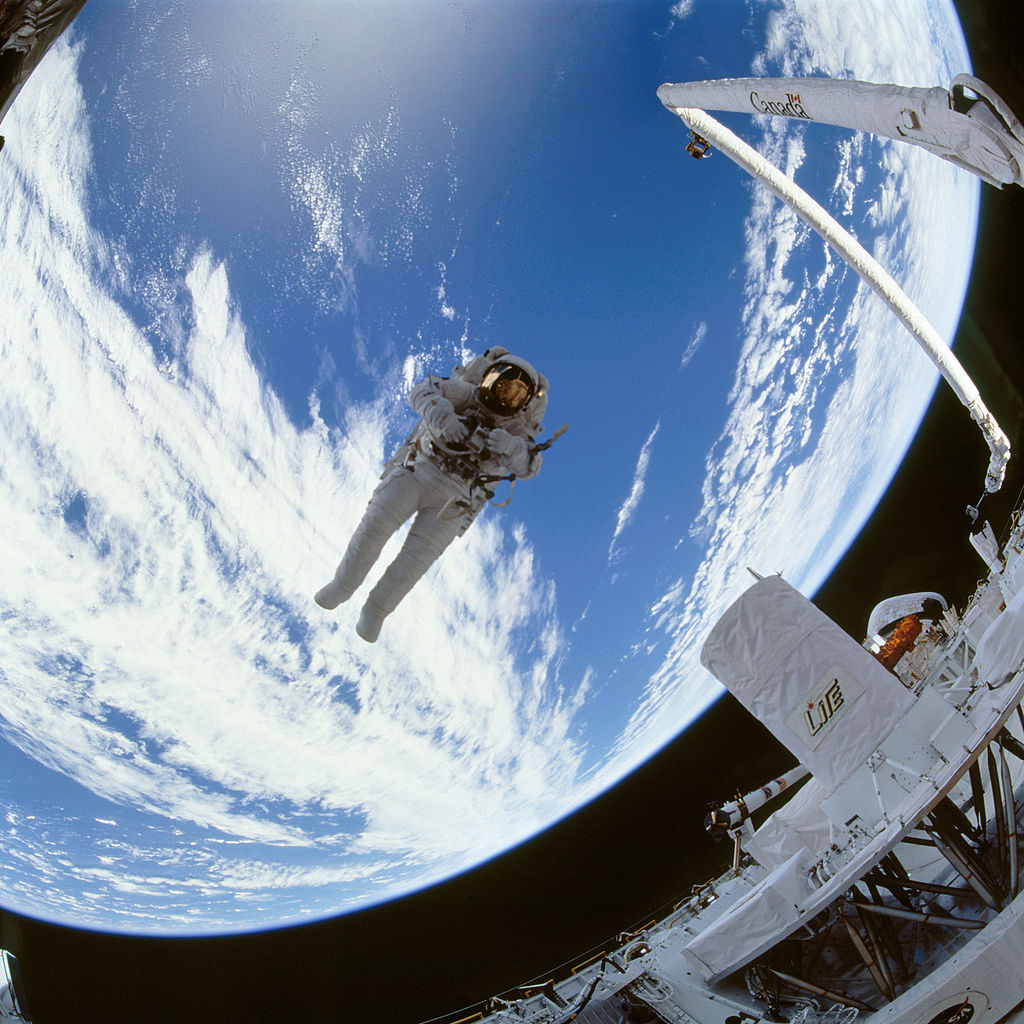
The SAFER test took place in 1994 as part of the STS-64 mission. It is the last spacewalk to date to have been performed without a safety cable. The test was a success. Since then, SAFER has been part of the standard equipment of all US space suits designed for spacewalks.

